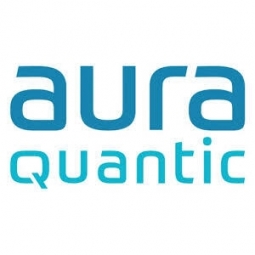AuraQuantic
Case Studies
Automation and Optimization of Business Processes at KPN with AuraQuantic
Overview
 |
Automation and Optimization of Business Processes at KPN with AuraQuanticAuraQuantic |
Networks & Connectivity - Ethernet Platform as a Service (PaaS) - Application Development Platforms | |
Telecommunications Transportation | |
Logistics & Transportation Maintenance | |
Inventory Management Last Mile Delivery | |
System Integration Training | |
Operational Impact
| The implementation of AuraQuantic has had numerous benefits and the project has successfully fulfilled all objectives. Since December 2014, more than 80 satisfied employees enjoy using AuraQuantic. Some of the key factors that led to the acquisition of the AuraQuantic BPM platform were its agility, ease of use, and the capacity to tackle a gradual and continuous implementation. The platform's modular and scalable architecture enables continuous and fluid expansion of work, and rapid growth with a very small initial investment. Training gave KPN staff autonomy to maintain and update their processes without any type of intervention or assistance from external parties. The lessons learned during the first phase have been used for the next phases and the integration of new processes. The facility to adapt the processes to new product and service requirements in combination with related applications (e.g. billing, logistics) was also a significant advantage. | |
Quantitative Benefit
| Expedited delivery time of the orders by more than 40%, reducing the delivery time by 10 days | |
| Order processing has been reduced by 70% following the ‘right first time’ principle | |
| 100% total integration | |


